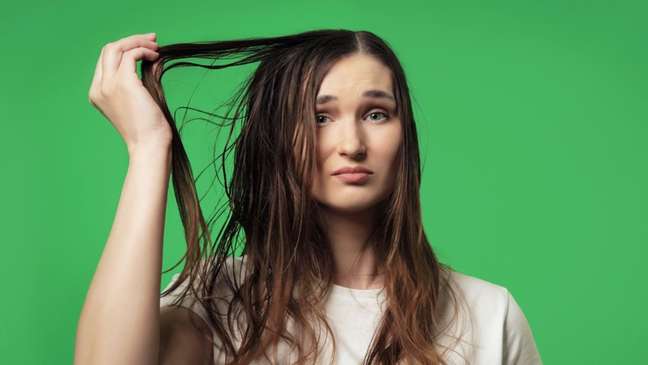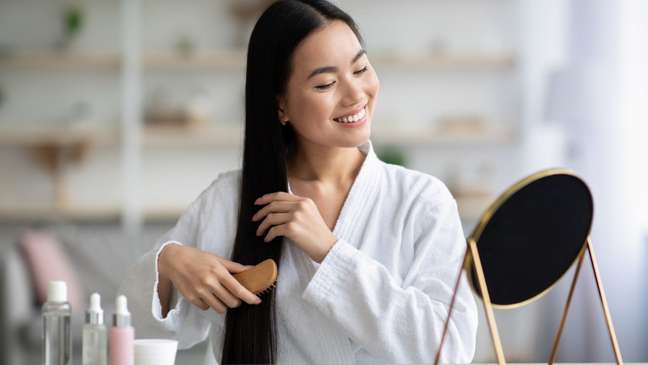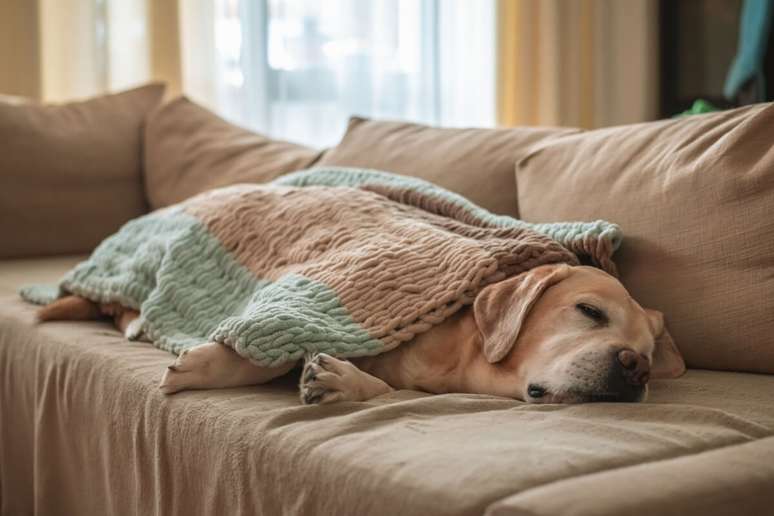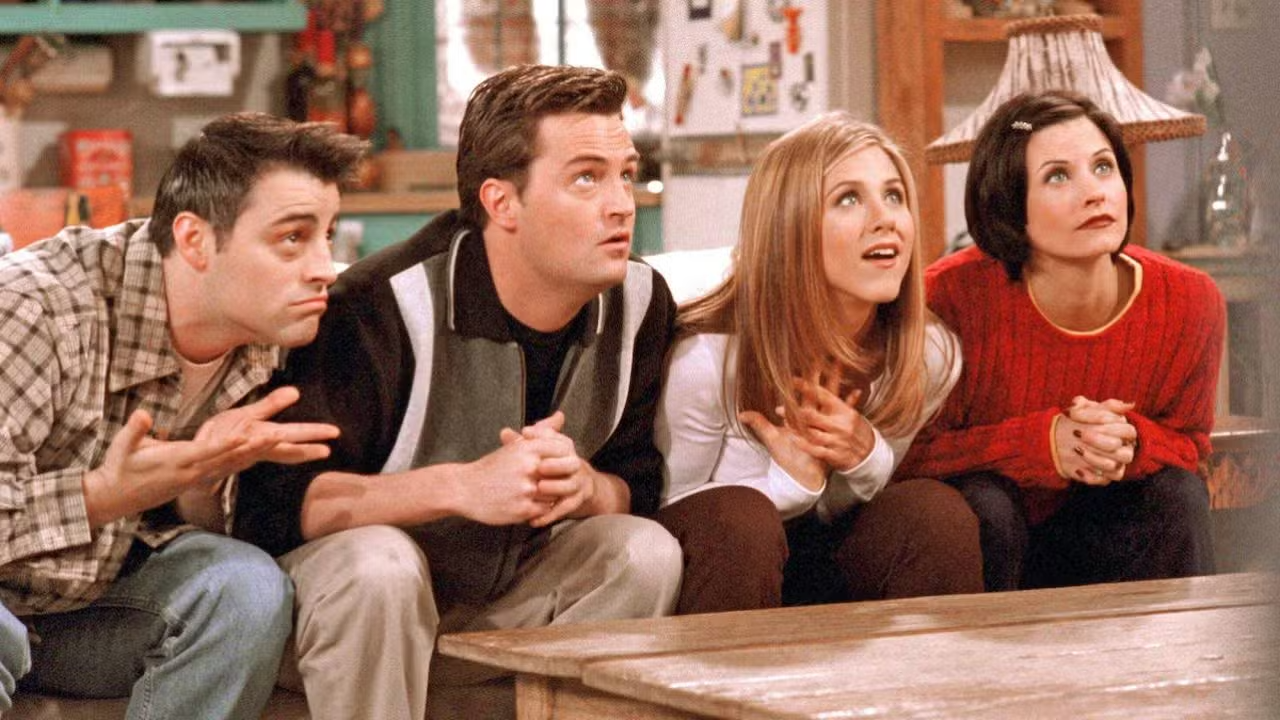The trichologist reveals which actions to eliminate from the routine to reduce the production of sebum in the scalp; watch

Oiliness is a natural process scalp which helps keep hair beautiful and healthy. However, if produced in excess, it can become a nuisance, mainly because it gives the threads a “dirty” appearance.
This problem, according to trichologist Viviane Coutinho, can have two main origins: genetics and stress. Also, some habits can affect excessive oil production.
So, to keep your hair looking beautiful and clean for longer, check out seven daily actions that can cause oily hair, as the expert points out:
1. Sleep with wet hair
Due to the hustle and bustle of everyday life, it is common for many women to only wash their hair at night. However, this practice is condemned by the trichologist, as he runs the risk of going to bed with his hair still damp.
This habit not only contributes to oiliness, but can also lead to dandruff, hair loss and bad odor. “A good tip is to wash your hair first thing in the morning, leaving it loose to dry naturally, or always dry it well before going to bed,” he says.
2. Wash your hair with excessively hot water
Contact of the hair with very hot water can dry out the scalp, causing the body to enter a state of alert and try to balance this damage. Therefore, it produces more oil and ends up leaving the strands greasy with a rebound effect. “It’s simple: always try to wash your hair in cold water, or at most lukewarm water, to avoid excessive oil production,” he says.

3. Regular use of hair dryers and irons without protection
We know that using the dryer and soleplate without protection and care can weaken the internal structure of the wires, right? However, these equipments are also related to the greasiness of the threads.
According to the trichologist, excess heat in the scalp causes dryness and stimulates the excessive production of the sebaceous glands. This way the hair can look even prettier at first, but it doesn’t take long for the greasy look to appear, especially near the scalp.
“To avoid this damage, avoid very high temperatures and don’t forget to use a good thermal protector,” he recommends.
4. Using products that are inappropriate for your hair type
To control oiliness it is important to use products suitable for the type of hair and scalp. According to the expert, oily hair does not combine with shampoos and conditioners for dry hair, for example, because they retain moisture and end up leaving the hair even more oily, dull and lifeless.
“For a better result, the ideal is to opt for cosmetics that are ideal for your hair type, such as dry, oily, dyed, with or without volume, straight, wavy, curly, frizzy, etc.”, he clarifies.
5. Apply the products on the hair root
A big mistake for those with oily hair is to apply conditioner, mask and oils, generally, too close to the scalp, as this ends up clogging the pores, causing more sebum to be produced.
Ideally, these products are applied along the length and ends; never at the root though, don’t stop using them. “Oily hair also needs hydration, nutrition and rebuilding, but pay attention to details such as a well-done wire rinse to avoid product buildup and a mild water temperature,” Viviane teaches.
6. Irregular feeding
It’s not just chemicals that increase hair oiliness. Diets based on foods such as fats, fried foods and sugars, in addition to harming your health, also damage the threads.
The specialist reveals that the excessive consumption of sweets and industrialized products, for example, alters the body’s metabolism and the functioning of the hair follicles, increasing the production of sebum. “Therefore, food care must be a priority when it comes to hair health,” he points out.
7. Run your hands through your hair
Whether it’s getting your hair out of your eyes or just fixing your hairstyle, messing with your hair is a habit that should be avoided. This is because our hands, even clean ones, carry a lot of dirt that is invisible to the naked eye, but which can transfer onto the strands when we touch them, increasing the sebum of the strands.
“A good way to avoid touching the strands excessively is to opt for hairstyles or objects that hold it in place, such as hairpins and rubber bands,” adds the specialist.
Source: Day health; Viviane Coutinho, trichologist and professor at the Brazilian Academy of Trichology (ABT).
+The best content in your email for free. Choose your favorite Earth Newsletter. Click here!
Source: Terra
Benjamin Smith is a fashion journalist and author at Gossipify, known for his coverage of the latest fashion trends and industry insights. He writes about clothing, shoes, accessories, and runway shows, providing in-depth analysis and unique perspectives. He’s respected for his ability to spot emerging designers and trends, and for providing practical fashion advice to readers.







